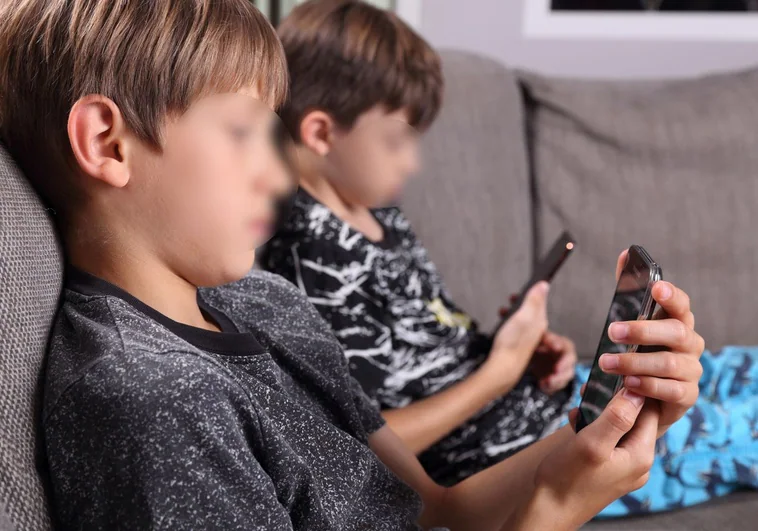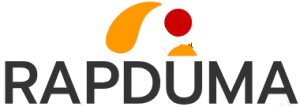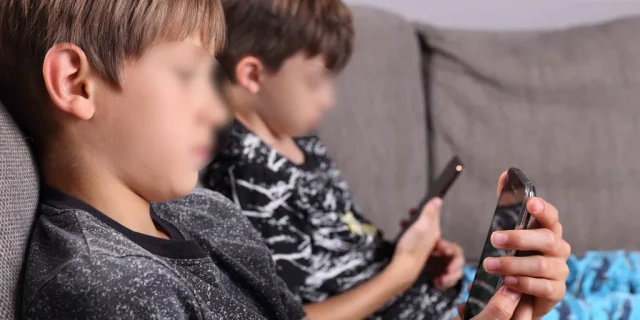
Last September, Instagram announced changes to its social network aimed at protecting youth. By January 2025, Meta has committed to several measures: making minors’ accounts private so they can only communicate with people they know, restrict access to sensitive content, and limit usage time; There will be calls ‘Teenage Stories’. Additionally, Minors under the age of 16 need parental permission when making any changes to their account settings..
However, according to experts, even though the idea of Instagram looks great on paper, That’s not enough. “The measures Instagram has just announced will remain a dead letter if there is no effective age verification system to guarantee that a person is the age they say they are,” explained Ferran Laluza, Professor of Information Sciences Studies and Communication from the Open University. Catalonia (UOC). This should definitely be taken into account Spain was the first country to start using Instagram. According to data from Qustodio 2024, 65% of children between the ages of 13 and 15 already access this social network.
Furthermore, Sylvia Martínez, Professor of Information and Communication Sciences Studies at the UOC, explained that consumers are another problem. They may provide false information. “Of course minors can easily cheat the system and lie about their age. This way they are exposed to content that is not appropriate for them and without the protection provided by specific measures or filters,” warns Martinez.
This lack of protection is a fundamental problem affecting other areas such as child pornography. However, Meta stated Verify date of birth This contrasts with other spaces, which also warn that changing configurations requires permission from a parent or guardian.
Private accounts, the end of the problems?
With restricted accounts, Instagram makes it mandatory to accept requests for new followers from minors so that they can see and interact with their content. Currently, if a minor has an open profile, they can receive requests, comments or private messages from any user, and in many cases, they can receive sexual or obscene content. A UNICEF study warns that 42% of teenagers have received messages of erotic or sexual content through networks. “Bullyes never show their faces. They often use fake identities and therefore use this fake identity Adolescents may be allowed to join this circle of trust And they can exert their toxic effect,” Laluza said.
Another problem is that in most cases miners have different profiles. Of course, this is expected Two out of three teenagers have more than one profile on the same networkThey choose for family and acquaintances or peer group. “A lot of times a teenager doesn’t identify themselves as a teenager on all of their accounts because it’s typical for them to have more than one and not all of them are supervised by their parents,” he added. Instagram also edits tagging and mentions in photos and videos. Valid only for individuals who follow these options and have their approval.
Extremely harmful to your mental health
Among other new actions, the application sends a notification to the minor When you exceed 60 minutes of connection. “Let’s not lose sight of the fact that this is only a warning, therefore, if the young person is really hooked on the Internet, very common, unfortunately, it will have absolutely no effect and he will continue to surf the Internet. And connect and consume contents beyond the identified time,” Laluza explained. According to Qustodio data, The second social network most used by Spanish minors (after TikTok) is Instagram27% more than in 2022, with 71 minutes per day.
Meta has implemented more control settings that limit access to sensitive content, such as violence or messages that negatively affect self-esteem. As highlighted in a statement by the company, it is offered as a tool “against threats”. This functionality applies to the main wall and exploration section in addition to the usual posts and reels. Additionally, the option can block offensive terms and phrases in comments and direct message requests. “restricted words”. According to the RSPH study, Instagram is the worst social network for youth mental health, with the highest negative average score, followed by Snapchat, Facebook, Twitter and YouTube, which is rated only with a positive average score.
Experts point to the need for a significant and global effort by authorities and public authorities Really effective control And it goes beyond social networks, gallery-facing movements or more or less voluntary actions, to deal with the protection of minors. “Media education must be encouraged: parents and guardians and minors must know and understand the risks and the tools available to have a safe navigation and experience in social networks,” Martínez concluded.





